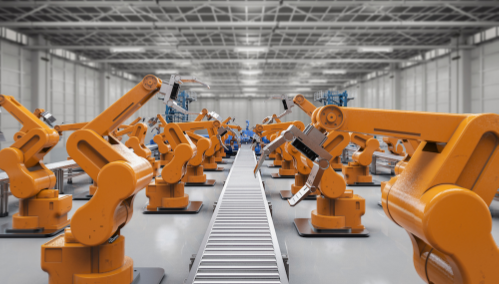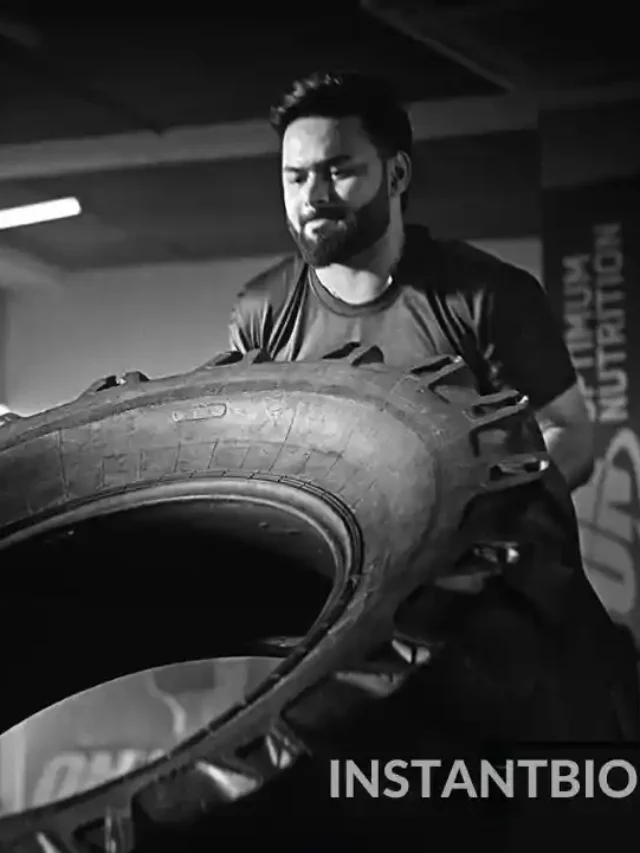Industrial robots have shifted the manufacturing industry since the first robotic arm, Unimate—the first robotic device used for production—was invented in the middle of 1961. The injection of such robots has been evidenced to increase the efficiency, accuracy, and safety of diversified production activities. This article provides insight into the industrial robot application areas in manufacturing, focusing on the benefits of automation for this industry.
1. Assembly Line Automation
Probably, the most widely used domain of industrial robots is for automation in assembly lines. Robots are hired to carry out repetitive and accurate jobs such as putting parts together by joining components, tightening nuts and fastening screws, as well as fitting parts together. The first robotic arm, Unimate, paved the way for this application to be possible with such robots and tasks as welding and die-casting.
Improved Efficiency and Consistency
Robots can work continuously without fatigue, ensuring consistent production and uniform quality of output. Such efficiency is simply impossible for humans to achieve without it as output increases and production time gets shorter. Robots in industry are not simply manufactured to be mono-tasking machines. Rather, their programs can allow them to handle more than one task, making them valuable additions to the assembly line.
2. Welding Operations
The weld is of primary importance in manufacturing, but the process is also dangerous. Robots have significantly improved the effectiveness of the process by making it safer. Fast-arc and closed-loop systems are useful for spot welding, arc welding, and other welding applications.
Enhanced Precision and Safety
The robots can be standardized on welding quality to guarantee that there will be no defects or reworks. They can also operate in hazardous environments, which reduce the chances of injuring human counterparts. The accuracy of welding robots improves quality and ensures high reliability of the structure of the outcome.
3. Painting and Coating
Another implementation of the first industrial robot in painting and coating processes is one more thing to add to the list. Robots were created to deal with painting, coating, and finishing products to ensure their best output. The purpose of this technology is most commonly noticed in sectors such as the automotive and aviation industries.
Uniform Application and Reduced Waste
Robotic painting systems enable a precise and even application of the paint, which means a much better final result. They can also be set up to have a streamlined process that results in less overspray and less material waste. Besides, robots can function in fume-filled environments where humans cannot, thus shielding workers from the dangers of breathing in toxic chemicals.
4. Material Handling
Materials handling is a bedrock of manufacturing, which is the process of dealing with the locomotion, applications and regulation of raw materials in production. Industrial robotics is widely employed for operations that involve components like part picking, stacking pallets, packaging, etc.
Increased Speed and Accuracy
Robotics can be run by machines much quicker and more accurately than by human workers. They also help in lifting and moving heavy objects, decreasing the possibility of work injuries. The utilization of robots in material handling during production contributes to the process’s smooth flow, boosting the overall efficiency of the operation.
5. Quality Inspection and Testing
One of the main concerns in manufacturing practice is quality control, which necessitates the products’ compliance with the specified standards and the absence of defects. As per the automated inspection and testing procedures, industrial robots are now performing manual inspection and testing.
High-Precision Inspection
Robots fitted with cutting-edge sensors and imagery units can thoroughly examine items. They tend to be very precise in their work and can detect any flaws and discrepancies that may be present. This assures that only the best products will be available in the market. Automated routine inspection plays a significant role in speeding up the quality control process and reducing the risk of human error.
Conclusion
Industrial robots have a broad array of uses in the area of manufacturing, and the results of this increase are pretty spectacular. From assembly line automation and welding operations to painting, material handling, and quality inspection, as robots have been integrated into the production process, they have significantly improved the efficiency, precision, and safety levels of the overall job. The early appearance of the first robotic arm, Unimate, set the stage for the growth of these developments and showed the wide range of robotics performance in industrial applications. With technological development still on the rise, the importance of robots in the manufacturing sector will continue to grow, making it possible for the industry to develop more efficiently than before.












